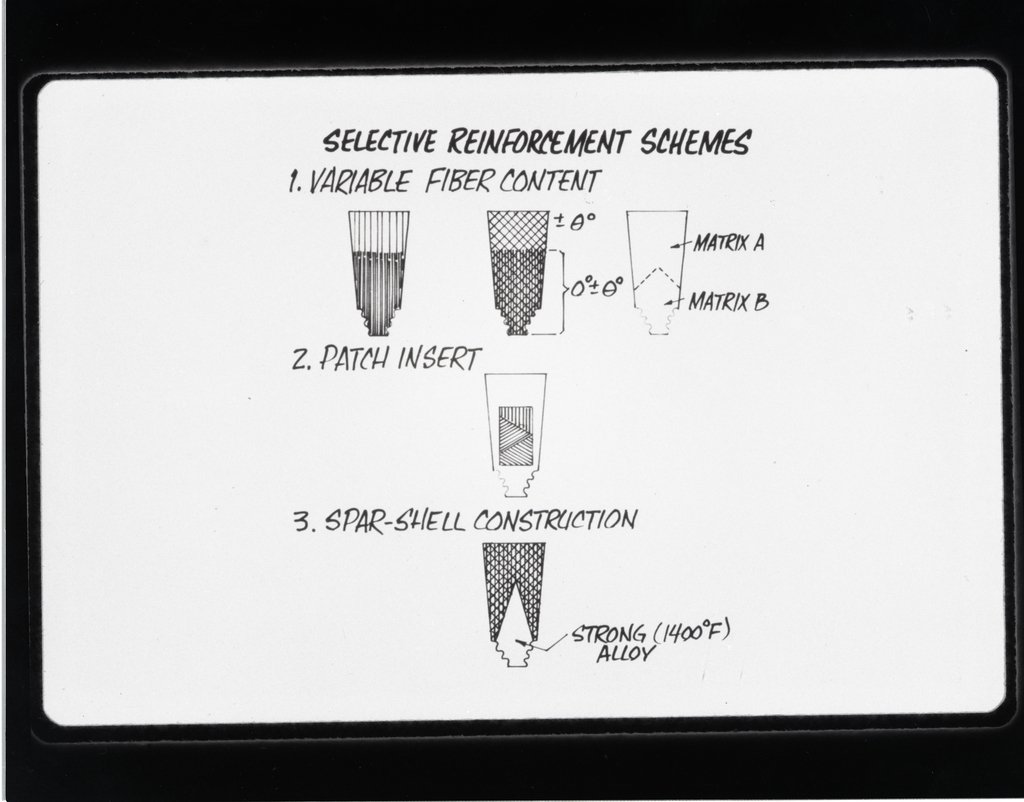Have you ever noticed how some dogs seem to behave with incredible obedience, even without rewards? It’s no magic trick; it’s the power of variable reinforcement in dog training. Variable reinforcement is a technique that involves strategically withdrawing rewards, making dogs work harder and maintain good behavior even when the treats aren’t readily available. In this article, we will explore the fascinating world of variable reinforcement in dog training and unravel the secrets behind this effective training method. So, grab your dog’s favorite toy, and let’s dive into the world of variable reinforcement!
Table of Contents
- The Power of Variable Reinforcement in Dog Training
- Exploring the Benefits and Challenges of Variable Reinforcement
- Effective Techniques for Implementing Variable Reinforcement
- Strategies for Incorporating Variable Reinforcement in Daily Training Sessions
- Maximizing Learning Potential: A Guide to Optimal Use of Variable Reinforcement
- Q&A
- Closing Remarks

The Power of Variable Reinforcement in Dog Training
When it comes to training our furry friends, the concept of variable reinforcement is a game-changer. Unlike consistent reinforcement, where a dog receives a reward every time they perform a desired behavior, variable reinforcement involves providing rewards intermittently and unpredictably. This technique taps into the very essence of canine psychology, capitalizing on their innate need for novelty and excitement. Here’s a closer look at why variable reinforcement is the secret weapon in dog training:
- Mind Games: Variable reinforcement keeps dogs on their paws, quite literally! By not knowing when a reward will be offered, our four-legged companions stay engaged and actively participate in the training process. Their brains are constantly stimulated as they anticipate the possibility of a treat or praise. This creates a deeper connection between the dog and the handler, fostering an environment of trust and collaboration.
- Stronger, More Reliable Behaviors: Interestingly, variable reinforcement has been proven to result in more consistent and reliable behaviors over time. When a dog knows that a reward won’t always be guaranteed, they put extra effort into performing the desired action in hopes of receiving one. This leads to a dog who is not only skilled but also resilient, ready to respond to commands even in distracting or challenging situations.
- Preventing Dependency: One of the pitfalls of consistent reinforcement is the potential for dogs to become dependent on rewards. With variable reinforcement, we prevent this dependency and instead foster dogs who perform behaviors because they genuinely enjoy them, rather than solely for the sake of a reward. This mindset shift translates into a lifelong enthusiasm for learning and an unwavering eagerness to please their human companions.
In summary, don’t underestimate . By infusing a sense of unpredictability into the rewards we give our furry friends, we tap into their natural instincts and create a training environment that is engaging, reliable, and enjoyable for both dogs and handlers. Embrace the element of surprise and watch as your dog flourishes into a well-trained, confident, and happy companion.
Exploring the Benefits and Challenges of Variable Reinforcement
Variable reinforcement, a psychological concept rooted in behaviorism, refers to a type of reinforcement where rewards or punishments are administered intermittently and unpredictably. This approach has gained significant attention in various fields, such as education, psychology, and even marketing. By understanding the benefits and challenges associated with variable reinforcement, one can harness its power to shape behavior and achieve desired outcomes.
Benefits of Variable Reinforcement:
- Rewarding Persistence: Variable reinforcement can be an effective tool for encouraging persistence. When rewards are sporadically given after demonstrating consistency or effort, individuals are motivated to continue their behaviors in hopes of receiving a future reward. This aspect makes variable reinforcement particularly valuable in settings where long-term commitment and perseverance are desired.
- Enhancing Motivation: Unlike continuous reinforcement, where rewards are provided every time a behavior is performed, variable reinforcement helps maintain motivation over a longer period. The element of unpredictability creates anticipation and excitement, keeping individuals engaged and motivated to achieve their goals.
- Resistant to Extinction: Variable reinforcement strategies often lead to behaviors that are resistant to extinction, meaning they are less likely to fade away when rewards are no longer present. The intermittent nature of the rewards strengthens the association between the behavior and the potential reward, making the behavior more durable and resistant to fading over time.
Challenges of Variable Reinforcement:
- Difficulty in Predicting Behavior Patterns: Due to the nature of variable reinforcement, it can be challenging to predict and understand how individuals will respond to rewards or punishments. This unpredictability can make it harder to anticipate the outcome or effectively shape behavior based on the specific reinforcement encountered.
- Risk of Creating Dependency: Variable reinforcement, when not carefully implemented, can create a dependence on external rewards. Individuals may become so reliant on intermittent rewards that their intrinsic motivation diminishes, leading to a decline in performance once the rewards are no longer available.
- Potential for Frustration and Demotivation: While variable reinforcement can enhance motivation, it can also lead to frustration and demotivation in some cases. If rewards are too infrequent or unpredictable, individuals may feel discouraged and lose interest in pursuing the desired behavior, leading to potential disengagement.

Effective Techniques for Implementing Variable Reinforcement
Variable reinforcement is a powerful tool that can greatly enhance the effectiveness of training and behavior modification. By using a variable schedule of reinforcement, trainers can create a more durable and resistant behavior in their subjects. Here are a few :
1. Randomization: One effective technique is to randomize the delivery of reinforcement. In other words, instead of reinforcing every correct response, the trainer can reward the subject at random intervals. This keeps the subject motivated and engaged, as they never know when they will receive a reward.
2. Gradual Intermittence: Another technique is to gradually decrease the frequency of reinforcement over time. At the beginning of training, reinforce the desired behavior consistently. Then, as the subject becomes more proficient, gradually reduce the frequency of reinforcement. This technique helps maintain the behavior while reducing reliance on constant reinforcement.
3. Shaping and Chaining: Shaping and chaining are techniques that involve breaking down complex behaviors into smaller, manageable steps. By reinforcing each step of the behavior chain, trainers can build new behaviors through successive approximations. Variable reinforcement can be implemented within each step, ensuring that the subject remains engaged and motivated throughout the training process.
Remember, the key to effective variable reinforcement is finding the right balance between reinforcement and the desired behavior. By incorporating randomization, gradual intermittence, and shaping and chaining techniques, trainers can create a training program that is both effective and engaging for the subject.
Strategies for Incorporating Variable Reinforcement in Daily Training Sessions
Training sessions are crucial for reinforcing desired behaviors and teaching new skills to our furry friends. While consistent reinforcement is important, incorporating variable reinforcement can have its own set of benefits. Here are some creative strategies to add a touch of unpredictability to your daily training sessions:
- Mix it up with rewards: Instead of using the same reward every time, offer a variety of treats or toys to keep your pet engaged and motivated. This adds an element of surprise and prevents them from becoming too reliant on a specific reward.
- Vary the difficulty level: Gradually increase the complexity of the tasks or commands your pet has mastered. This keeps them challenged and prevents boredom. They will feel a sense of accomplishment each time they succeed, especially when the difficulty level varies.
- Randomize the reinforcement schedule: Instead of reinforcing every single correct response, occasionally provide reinforcement after multiple correct responses or even after a slight delay. This helps your pet understand that rewards are not always immediate, which strengthens their drive to perform well consistently.
By incorporating these strategies into your daily training sessions, you can keep your pet engaged, excited, and eager to learn. Remember, a little unpredictability can go a long way in nurturing their skills and fostering a strong bond between you and your furry companion!
Maximizing Learning Potential: A Guide to Optimal Use of Variable Reinforcement
In the world of behavioral psychology, the concept of variable reinforcement holds tremendous potential for unlocking the highest levels of learning. By intelligently implementing this technique, individuals can enhance their ability to acquire new skills and improve their overall performance. To fully grasp the art of using variable reinforcement effectively, here are some key strategies to consider:
- Embrace unpredictability: Introduce an element of surprise into the learning process. By varying the timing, amount, or type of reinforcement, you can keep learners engaged and motivated to continuously strive for improvement.
- Create a sense of anticipation: Use intermittent reinforcement to build excitement and anticipation. By occasionally withholding reinforcement, learners are encouraged to engage in persistent efforts and fully commit to the task at hand.
- Strike a balance: It’s crucial to find the right balance between too much and too little reinforcement. Maintaining an optimal level of challenge with occasional rewards ensures sustained motivation and prevents learners from becoming complacent.
Remember, variable reinforcement is a powerful tool that, when wielded wisely, can greatly enhance the learning experience. By incorporating unpredictability, anticipation, and balance into your approach, you can maximize learning potential and achieve truly remarkable results.
Q&A
What is variable reinforcement in dog training?
Variable reinforcement is a technique used in dog training that involves rewarding a behavior intermittently, rather than every time the behavior occurs. This method helps to create a stronger and more persistent response from the dog.
Why is variable reinforcement effective in dog training?
Variable reinforcement is effective because it mimics the unpredictability of real-life situations, where rewards are not always guaranteed. Dogs become more motivated and enthusiastic about performing the desired behaviors, as they never know when they will receive a reward.
Does variable reinforcement work for all dogs?
While variable reinforcement is generally effective for dogs, the level of success may vary depending on the individual dog’s temperament and training background. Some dogs may respond better to consistent reinforcement, while others thrive with the unpredictability of variable reinforcement.
Are there any potential drawbacks to using variable reinforcement?
One potential drawback of variable reinforcement is that it can occasionally lead to frustration in dogs if they believe the reward should have been given but was not. However, proper implementation and gradually increasing the variability of reinforcement can minimize this risk.
Can variable reinforcement be used for all types of behaviors?
Variable reinforcement is most commonly used for reinforcing behaviors that should be maintained in the long run. It might not be as effective for shaping new behaviors or teaching complex tasks, where consistent reinforcement may be needed initially.
How do I incorporate variable reinforcement into my dog’s training?
To incorporate variable reinforcement, start by consistently reinforcing the desired behavior, then gradually reduce the frequency of rewards. Randomly reinforce the behavior, ensuring that your dog never knows when the reward will come. This keeps them engaged and motivated to perform the behavior reliably.
Closing Remarks
As we wrap up our discussion on variable reinforcement in dog training, we hope that this article has shed light on the fascinating world of canine behavior. From the whimsical wag of a tail to the eager anticipation in those soulful eyes, our four-legged friends have a magical way of connecting with us.
While variable reinforcement may sound like a complex concept, we now understand that it is more than just a fancy term. It is a powerful technique that can transform the way we train and communicate with our dogs. By embracing the art of rewarding unpredictably, we allow our furry companions to flourish and grow in ways we never imagined.
Remember, dear readers, that dogs are individuals with unique personalities and needs. What works for one may not work for another, which is where the beauty of variable reinforcement truly shines. Patience, adaptability, and intuition are vital in finding the right balance for each pup.
As we observe the world around us, we see that variable reinforcement spills beyond the boundaries of dog training. From the flutter of a butterfly’s wings to the occasional ray of sunshine on a cloudy day, life is teeming with these subtle variations. And just like the ever-changing patterns that fill the tapestry of our existence, our furry friends thrive when their rewards are pleasantly unpredictable.
So, as you embark on your journey of training and nurturing your four-legged companion, embrace the wonder of variable reinforcement. Celebrate the joyful dance of chance rewards, for in this unpredictability lies the true essence of bonding and teaching.
May your bond with your canine companion grow stronger with each reward, and may the magic of variable reinforcement inspire you to create a world of wonder and joy for both you and your furry friend.
As an affiliate, my content may feature links to products I personally use and recommend. By taking action, like subscribing or making a purchase, you’ll be supporting my work and fueling my taco cravings at the same time. Win-win, right?
Want to read more? Check out our Affiliate Disclosure page.